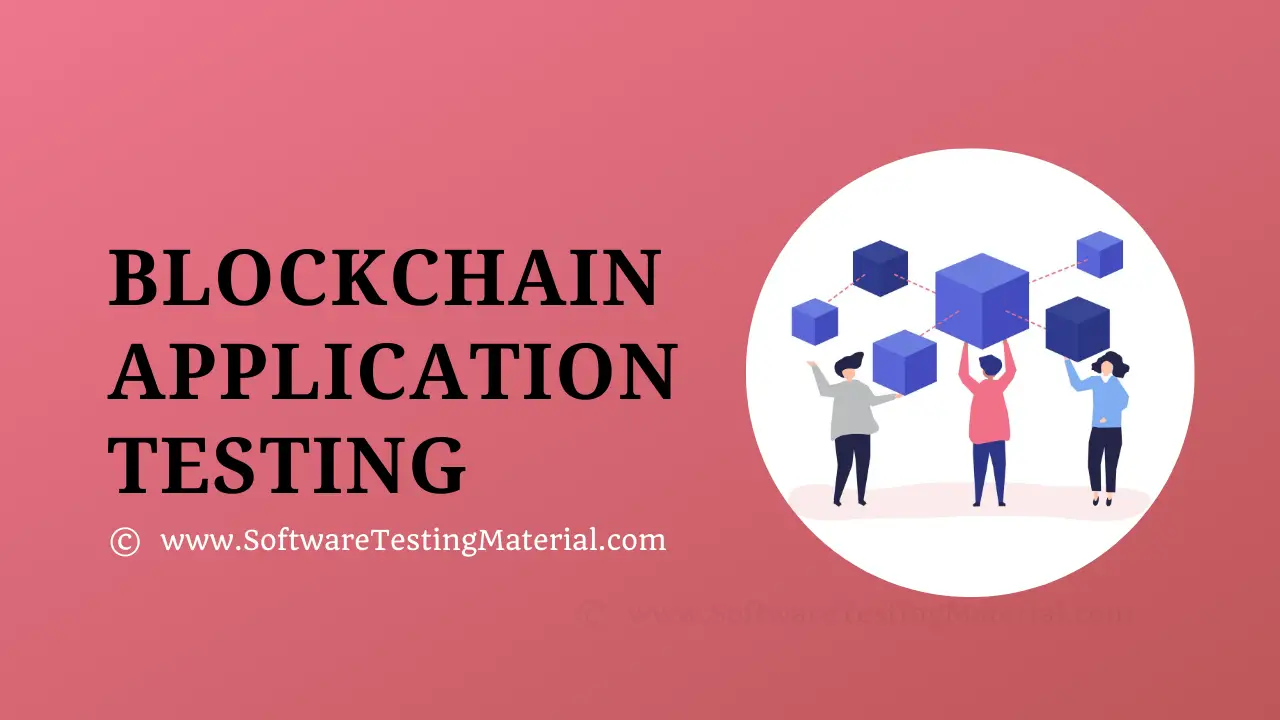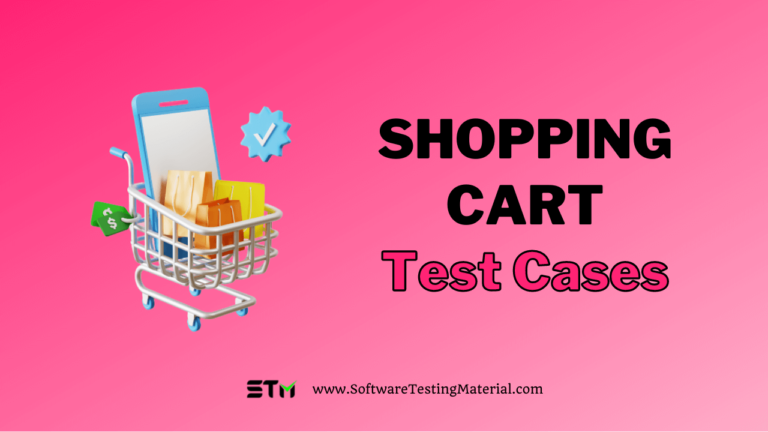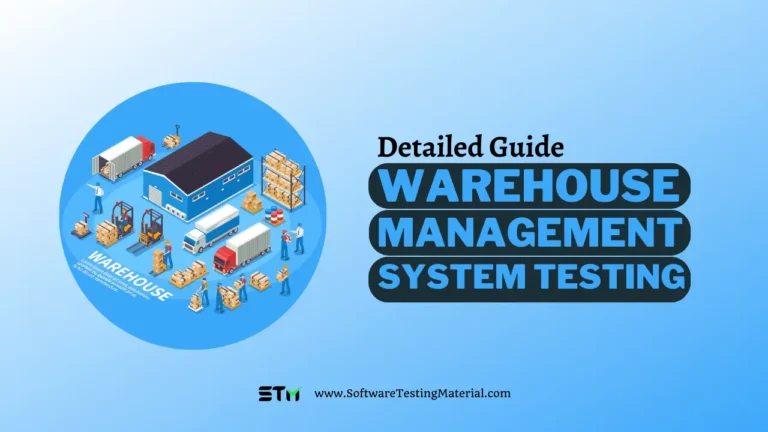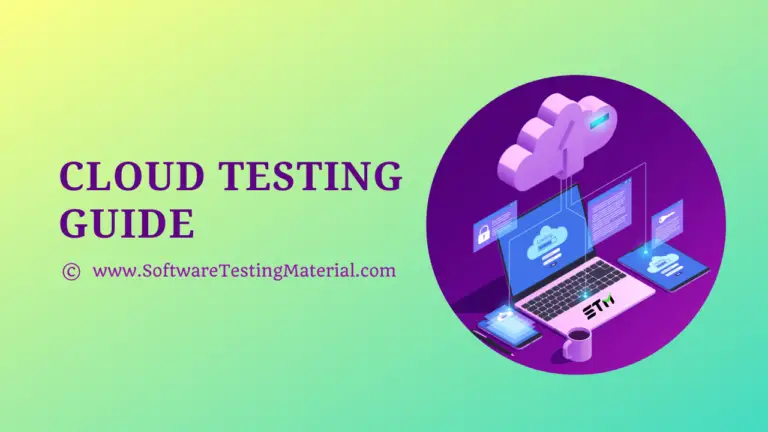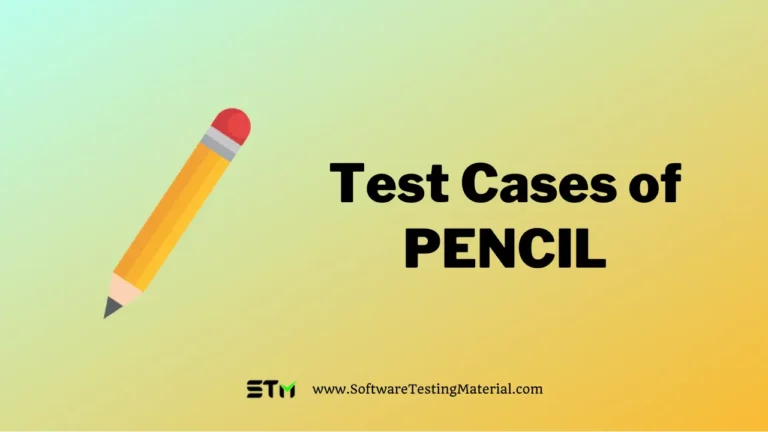Blockchain Testing Tutorial – Beginners Guide
What is Blockchain?
About Blockchain: Blockchain is one of the most advanced and emerging technologies. It is a distributed, secure, non-repudiable, immutable record of transactions between two parties. Its other name is distributed ledger technology.
It provides trust in transactions between parties who do not trust each other. Blockchain is a fairly secure encryption. Blockchain is an incorruptible digital ledger of economic transactions that can be programmed to record not just financial transactions but virtually everything of value
How Does A Transaction Get Into The Blockchain?
- A transaction is requested and authenticated
- A block representing that transaction is created
- The block is sent to every node (i.e. participant) in the network.
- Nodes validate the transaction
- Nodes receive a reward for Proof of Work, typically in cryptocurrency
- The block is added to the existing blockchain
- The update is distributed across the network
- The transaction is complete
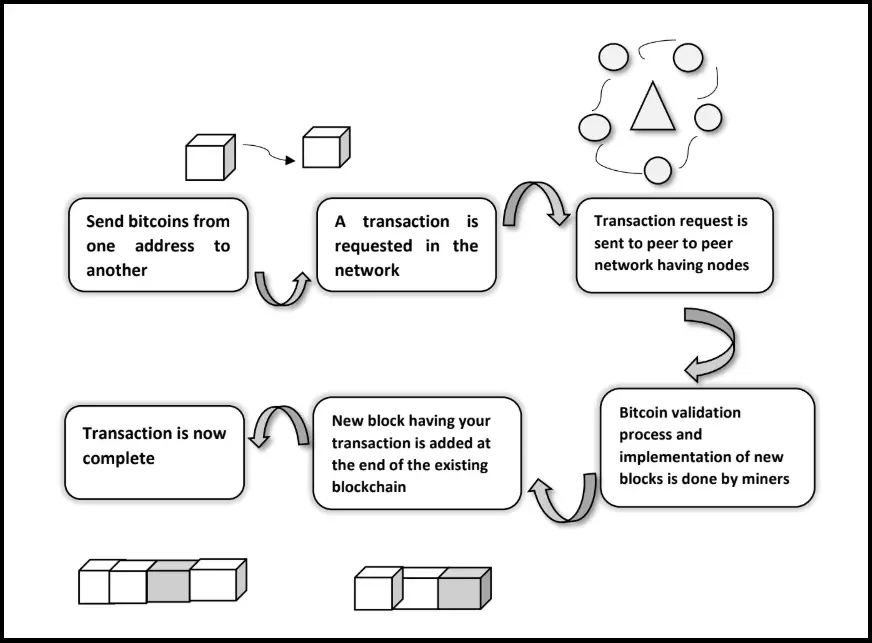
What Is The Need For Blockchain Testing?
A block once added to the blockchain cannot be removed. It remains there forever. And if you try to alter the existing block in between the chain, then the next blocks will become invalid. That is why it is important to note that whenever a new block is added, it is being added the right way. Blockchain transaction goes through validation, encryption, decryption, transmission, etc. so it is important to make sure these processes go well.
What Do We Need To Test In A Blockchain?
Block size: The max size of a block is 1MB. Need to test the behavior when the size exceeds 1MB.
Chain size: There is no limit on the size of the chain. So it needs to be tested for functionality as well as performance.
Smart contract testing: These are software modules on the blockchain that have specific conditions and business logic for the transactions.
Load: Load becomes a major parameter in blockchain applications. Bitcoin has a max throughput of 3-4 transactions per second. Need to test what will happen if the throughput increases.
Security: Ensuring security is the most important part of Blockchain applications. Once a particular layer is hacked instantaneous transactions cannot be stopped in Blockchain. In the part of blockchain testing, testers need to make sure the transactions are secure and there is no malicious attacks.
Transmission of data: Data in the blockchain is transferred globally from 1 computer to another. So it becomes important to make sure that data is not lost in between from one end to another.
Block addition: New blocks are getting added in the chain after a successful transaction. So it must be tested that a new block is getting added in the chain and flow is going smooth.
Cryptographical data: Testing is needed to ensure the data is properly encrypted and decrypted.
Which Types Of Testing We Can Perform On Blockchain Applications?
Functional testing:
Functional testing is conducted to evaluate the effectiveness of business requirements and use case scenarios. It makes sure the system components are working as expected. It is the basic testing of the components and systems and their workings.
Integration testing:
It is difficult to integrate blockchain apps across various systems and environments. Integration testing is necessary to make sure the integration or interfaces between the components, and different parts of the system are functioning as expected.
Security testing:
Security testing for Blockchain applications plays a crucial role. With better security testing we can control the attacks at the user level, network level, and mining level.
Performance testing:
One of the most important criteria of blockchain applications is speed. The performance and latency vary with the size of the network and size of transactions. Performance needs to be tested.
Smart Contract Testing:
Smart contracts are complicated in nature. They basically deal with real-time auditing of transactions. If a contract is created with a bug or vulnerability, it cannot be altered and it will be there forever. Smart Contract testing is a very crucial and specialized one compared to traditional testing.
Peer/Node Testing:
Peer/Node testing is needed on all the nodes on the network for the consistency of transactions and to make sure smooth cooperation.
You can also read these 100+ Types of Software Testing
Challenges In Blockchain Application Testing
- Blockchain is new technology and to do testing one needs to have domain knowledge.
- Lack of Blockchain Testing Tools.
- Validating Block and Chain Size.
- Applying testing types such as integration, performance, load, and security testing.
Importance Of Testing Smart Contracts:
In a traditional web application after you deploy your code to production if there is a bug, you can always fix the bug in the code and reapply your application on the server.
Web Application Initial Deployment:
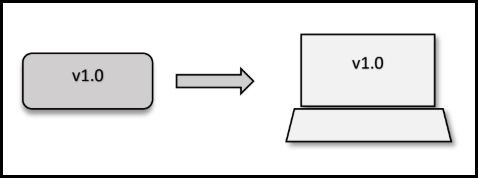
Web Application Bug fix:
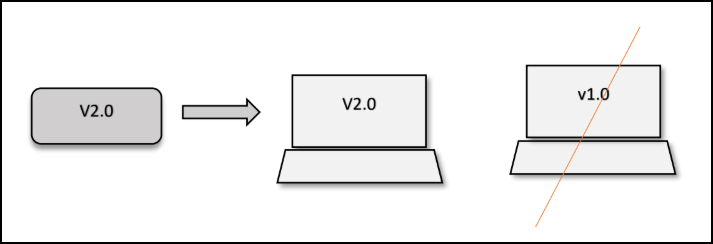
Unfortunately, it’s not that easy with a Smart Contract. With the Smart Contract, the code is immutable on the blockchain after you deploy which means you can’t change it anymore. For this reason, it’s absolutely critical that you get it right well before deploying your smart contract. You will not get a second chance to fix bugs. We need to make sure our Smart Contracts work properly by thoroughly testing them before deployment.
Smart Contract Initial Deployment:

Smart Contract Bug fix:
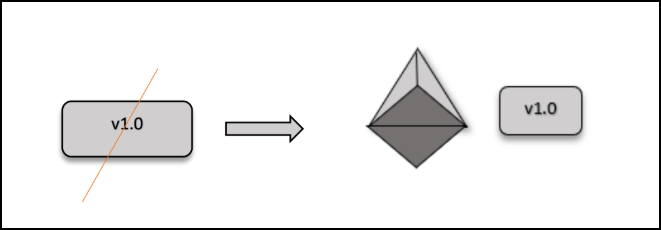
Integration Tests vs Unit Tests:
Integration tests bring more business values than unit tests. Integration tests allow you to test an entire system. That’s why they are also called end to end tests. Integration tests allow you to test that different parts of code interact well together. Integration tests are much closer to feature specifications. These tests are harder than unit tests. However this is not the problem for Smart contracts. However, in the context of Smart Contracts, Integration tests are not that much harder to do than unit tests.
Unit tests are easier to do than Integration tests. Unit tests are the most simple kind of tests. With unit tests, we test a single function/class in isolation. However, in context of a web application, it is recommended to start with unit tests since they are easier to do.
Which Part Of A Smart Contract To Test?
Every function that can be called from outside the Smart Contract must be tested. This includes functions with a public keyword, the external keyword, and also functions without any visibility specified because solidity defaults them to the public. This is only for Smart Contracts written with solidity before 0.5.0 because, before 0.5.0 onwards, solidity does not allow you to omit the visibility keyword of functions
Deploy Smart Contracts On Ropsten Testnet Through Ethereum Remix:
The easiest way to deploy your Smart Contract from a local blockchain environment (Ganache) to the Ropsten testnet using the Ethereum Remix IDE is as below.
Stage 1: Setup the Environment
- Copy the election.sol (smart contract) and paste it into the remix IDE.
- To deploy the contract, we need an account and with some ether on the Ropsten Testnet.
- Install Meta mask chrome extension
- Select Ropsten Testnet
- Create an Account
- Copy Account Address
- Request Free ether from https://faucet.ropsten.be/. Paste the copied account address in the text box and click on send me 1 test ether.
- So now, we have the contract pasted in remix IDE and we have connected the meta mask to the Ropsten Testnet with an account that has some ether.
Stage 2: Deploy the contract
- Click on Run. Select Injected Web 3 Ropsten under environment and the account in Metamask is shown here under Account with balance ether as well.
- Change the name of the contract to anything you like.
- Click on create -> confirm transaction
- Click on Metamask extension!
- Click on the contract deployment — it should open up the etherscan page to look at our transaction details.
Popular Tools For Testing Blockchain Applications:
Some of the popular blockchain testing tools are as follows
Ethereum Tester:
Etherum tester is an open-source testing library. You can find it as a Github repo here. It provides tools for testing Ethereum based applications. It is easy to set up and easy to control API support for different testing requirements. It is used to build blockchain apps. It is packed with tools to test blockchain-based applications.
Ethereum is a technology that lets you send cryptocurrency to anyone for a small fee.
Ganache:
Ganache UI is a desktop application supporting both Ethereum and Corda technology. It can be used across the entire development cycle. It allows you to create a private Ethereum blockchain for you to develop, deploy, and test your Apps in a safe and deterministic environment. It is used to test the smart contracts during development.
BitcoinJ:
BitcoinJ is a Java-based library for working with Bitcoin-based apps.
It enables you to interact with the real BTC network and various testing activities. To use it there is no need for you to download the standard BTC Core files from Bitcoin.com to create a local copy of Bitcoin Core. You can send or receive Bitcoins just by implementing it.
Populus:
Populus is one of the best options to those who write tests on Python. It is developed around the py.test framework and it is easy to implement. This framework provides powerful utilities for testing your contracts.
Truffle:
It is based on Ethereum Blockchain and used to develop Distributed Applications. It allows you to write automated tests on JavaScript and Solidity. It supports automated contract testing.
Embark:
It automatically deploys smart contracts to the Ethereum EVM blockchain. It focuses on developing decentralized applications (dApps) that run on different systems.
Blockchain Testing Conclusion
While a comprehensive validation of a blockchain extends across various test services such as functional, performance-related and based on digital security, the overall authentication of blockchain-based applications demands a noteworthy proficiency in QA practices.

